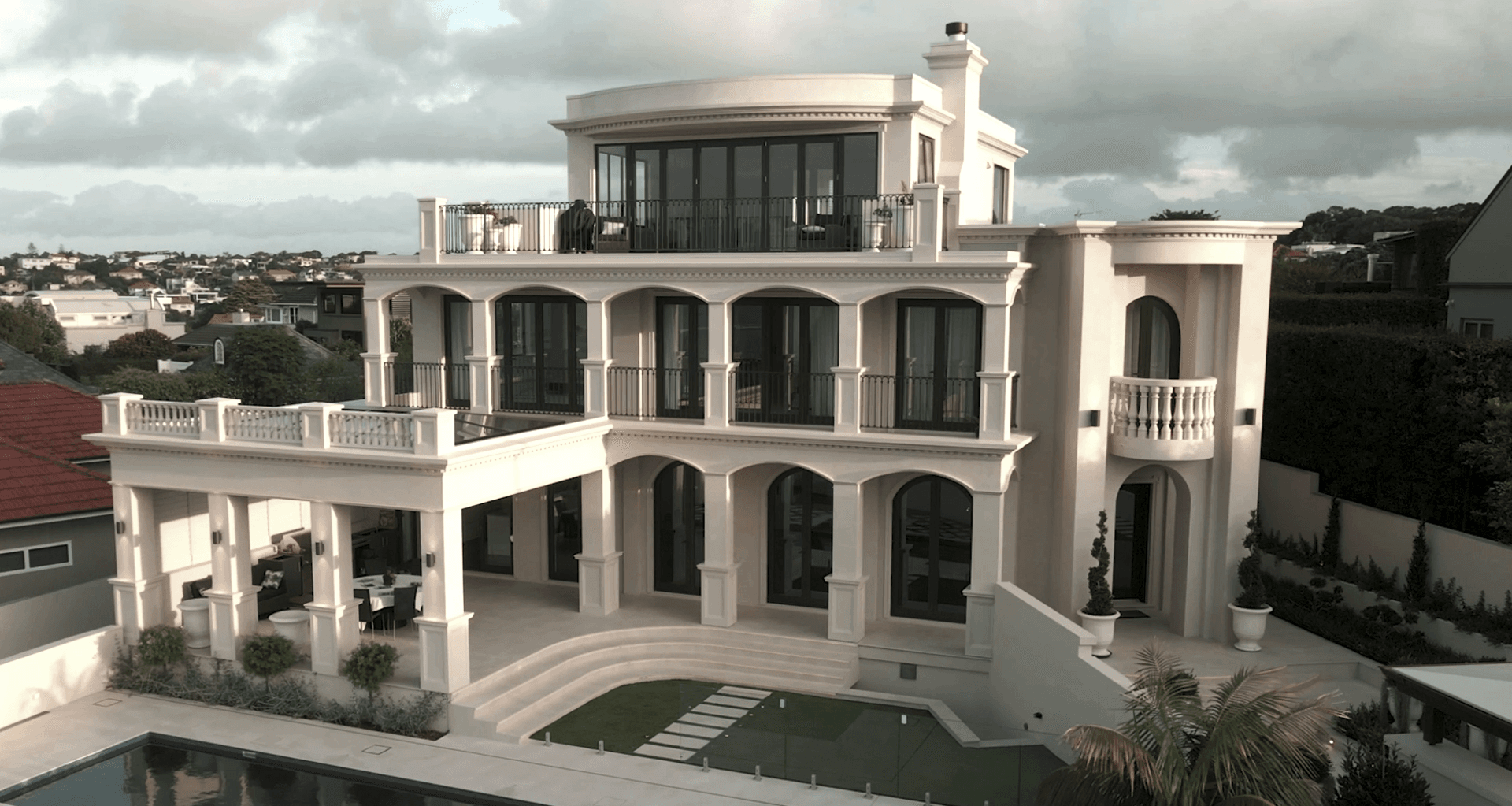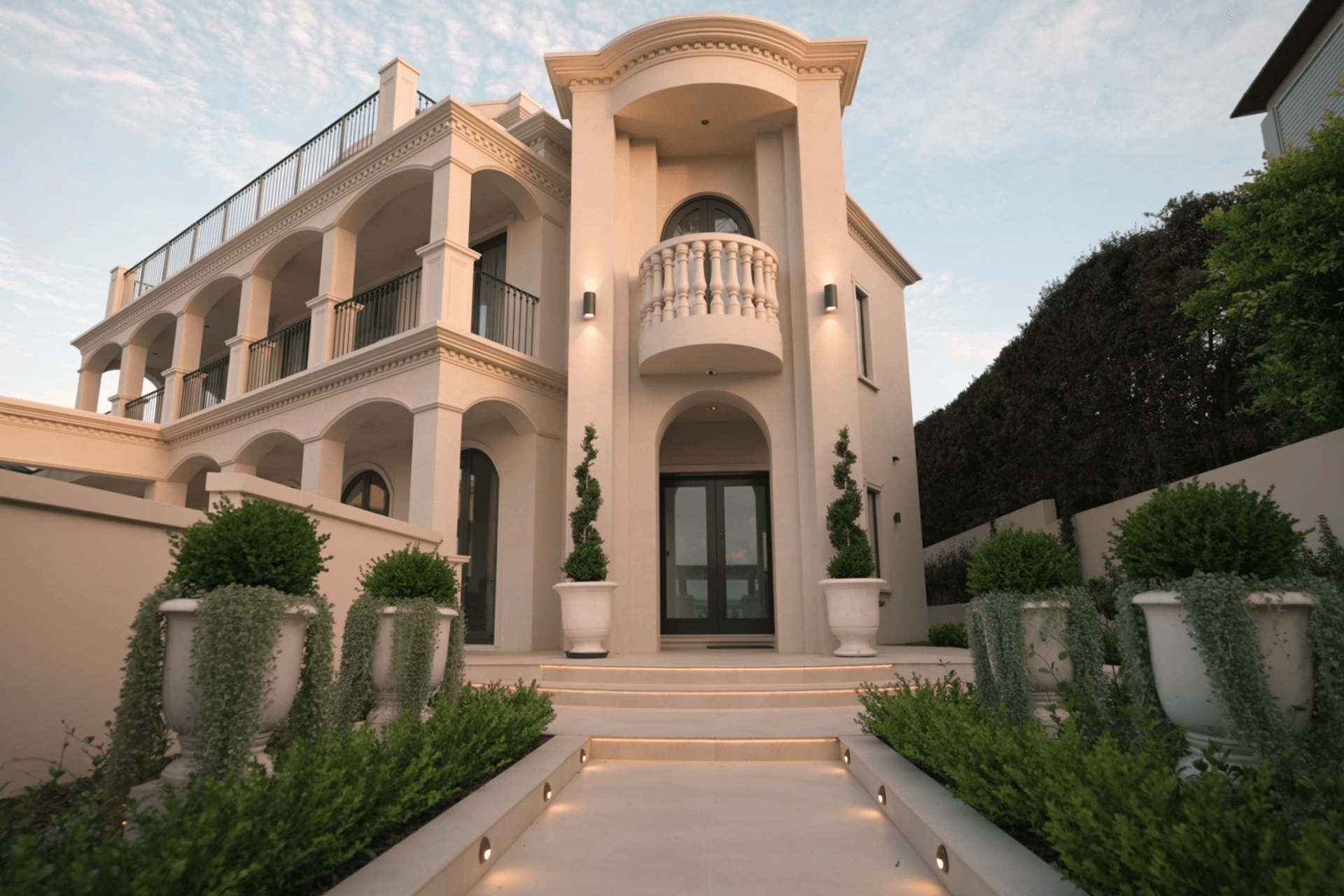Decorative mouldings that take facades to the next level

The word ‘facade’ was integrated into the English language from Old French, itself derived from the Vulgar Latin word facia, which meant ‘appearance, form or figure imposed on something’.
From the 1650s onwards, the word was used in English to mean ‘the front of a building’, but some of the original meaning from its roots remained: its status as the frontage of a building meant it, in a way, ‘imposed’ itself on those in its vicinity: the facade forms the bulk of our first impression of a building.
First impressions are a powerful thing, informing and moulding our perception even as we discover more about buildings by entering. Architects from millenia past knew this well, and so ancient Greek and Roman buildings were adorned with decorative columns, cornices, friezes, architraves and many other features that enhanced the aesthetic appeal of the front of a building.
Nowadays, most of our buildings have foregone such adornments, but those that want to add a bit of flair to their facades can turn to specialists in this field.
Accumen Shapes is one such specialist, manufacturing both classical and modern lightweight exterior decorative mouldings from their New Zealand-owned and operated headquarters in Penrose, Auckland.

From classical architecture to modern design
From columns and cornices to quoins and corbels, parapets and arches to dentils and balustrades, there is no shortage of ways to make a frontage stand out. But Josh Mainwaring, the director of Accumen Shapes, says there are still some barriers preventing widespread uptake — one of them being the perception that such mouldings can be difficult and expensive to install.
But Josh says this couldn’t be further from the truth.
“Back in the old days, it was a labour-intensive process,” says Josh. “But our mouldings are made in a factory, and they’re lightweight, so they’re easy to install and specify.
“And since they’re considered decorative details, they typically do not require council consents either, because they’re non-structural. So that’s another hoop that doesn’t need to be jumped through.”
The installation process is made even easier with Accumen Shapes’ own product: the TidyUp adhesive plaster, which is a modified cement-based plaster designed to make fixing mouldings as seamless as possible.
“We recommend that all installers use this adhesive plaster, as well as stainless steel mechanical fixings,” says Josh. “But if this isn’t possible, our mouldings can also be affixed using construction glue — if it’s not a cementitious substrate.”
This flexibility not only makes installers’ jobs easier, but it also provides a wider array of options in terms of paint or other coatings once the mouldings are installed.
And to top it all off, Accumen Shapes has a dedicated, comprehensive installation guide that provides recommendations and detail on all of its mouldings and adhesives, and the optimum methods of affixing them.
Accumen can also recommend certified installers, all of which are qualified tradespeople who are familiar with the products.
Josh says there’s another concern that comes up often, especially for those that live around fault lines: the safety of these adornments in the event of an earthquake. But Accumen has a solution for this too.
One of the company’s most durable mouldings methods, DecraShape, is a great option for window trims, cornice details and other, higher level detailing in areas with high seismic activity. The materiality and design elements made with DecraShape are perfect for replacing features on heritage buildings needing upgrading to meet new earthquake risk codes.

An opportunity to add value to facades
And while Accumen is totally comfortable with retrofitting its mouldings on existing buildings, such as earthquake prone ones, Josh says he prefers being involved at the very beginning of a project because of the creativity that comes with a blank slate.
“We typically get engaged by a designer or an architect, who have a relatively high amount of creative control,” says Josh. “So a lot of the time they go for broke with their designs for mouldings, because we can custom-make pretty much anything you can imagine — as long as they’re installed on a weathertight substrate.”
But whether Accumen is engaged at the beginning of a new build or during a renovation, Josh says the value added to each project from installing decorative mouldings remains the same.
“The addition of mouldings can completely change the look and feel of a building,” says Josh. “It can evoke classical antiquity if you go down the route of Ancient Greek or Roman architectural features, or our more contemporary products can bring a fresh, unique look to the facade.
“At the end of the day, the value that these mouldings create — both aesthetically and monetarily — is well worth the effort.”
If you’re looking to step up the aesthetic value of your facade, click here to learn more about Accumen Shapes and its decorative moulding solutions.
